What is the Difference Between Gingivitis and Periodontitis?
Understanding the full spectrum of gum disease is crucial for maintaining oral health. In the realm of dental conditions, gingivitis and periodontitis are the two most common forms of gum disease affecting many Americans today. Despite their frequent occurrence, these conditions are often misunderstood or thought of as interchangeable, which could lead to inadequate treatment and progression of the disease. This article seeks to clarify the distinction between gingivitis and periodontitis, their causes, symptoms, and how they can be effectively managed. By doing so, we aim to empower readers with the knowledge needed to protect their gum health.
Understanding Gingivitis: Early Stage of Gum Disease
Gingivitis represents the earliest phase of gum disease and is primarily characterized by inflammation of the gums. The condition is most often caused by a buildup of plaque on the teeth, which, if not removed through regular brushing and flossing, can irritate the gums. Symptoms of gingivitis include redness, swelling, and bleeding gums, especially during brushing or flossing. It’s important to note that gingivitis is typically not painful, which might lead individuals to overlook its presence. However, ignoring these initial signs could escalate the situation to more severe conditions.
Gingivitis is generally reversible with good oral hygiene practices and professional dental cleanings. According to the American Dental Association, regular brushing, flossing, and dental check-ups can eliminate plaque and subsequently reduce inflammation. The goal is to prevent plaque accumulation before it hardens into tartar, which would then require professional removal. Commitment to these preventative measures is vital for reversing gingivitis and maintaining healthy gums.
Periodontitis: Advanced Gum Disease
When gingivitis is left untreated, it can progress to periodontitis, a more severe form of gum disease. Periodontitis not only affects the gums but also damages the soft tissue and bone that support the teeth, potentially leading to tooth loss if not addressed promptly. This condition is marked by chronic inflammation and infection, which can cause deep pockets to form between the gums and teeth. These pockets collect bacteria and plaque, exacerbating the condition.
Treatment of periodontitis involves more intensive procedures compared to gingivitis. Scaling and root planing, along with possible surgical interventions such as flap surgery or bone grafts, might be necessary to control damage and restore supporting structures. Moreover, addressing lifestyle factors that contribute to periodontitis, like smoking or diabetes, is essential for managing the disease effectively. Regular visits to the dentist at Dentistry Toothtruth are crucial for patients experiencing periodontitis to ensure comprehensive care and monitoring.
Key Differences Between Gingivitis and Periodontitis
While both conditions fall under the umbrella of gum disease, their differences are significant. The main distinction between gingivitis and periodontitis lies in the level of inflammation and damage. Gingivitis is limited to gum inflammation, whereas periodontitis involves the destruction of tissues and bone support. The progression from gingivitis to periodontitis signifies a shift from a curable condition to one requiring complex management, highlighting the importance of early intervention.
Another critical difference is the reversibility of each condition. Gingivitis can generally be reversed with improved oral hygiene, while periodontitis requires dental intervention to manage further deterioration. Recognizing the symptoms of gingivitis and periodontitis early on and understanding the appropriate steps to treatment can prevent the disease from advancing.
Conclusion and Actionable Steps
In conclusion, while gingivitis and periodontitis are related, they represent different stages of gum disease with varying implications for oral health. The key to maintaining healthy gums is understanding these differences and acting quickly to address symptoms. Regular dental checkups, good oral hygiene practices, and lifestyle modifications are foundational steps in combating gum disease.
Preventative care remains the best approach, and it's essential for individuals to be proactive about their dental health. The team at Dentistry Toothtruth is committed to providing the guidance and care necessary to prevent and manage gum disease effectively. By staying informed and engaged with your dental care routine, you can significantly safeguard your oral health and maintain a confident smile.

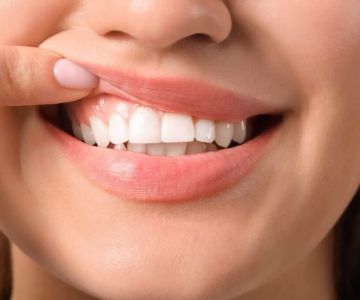
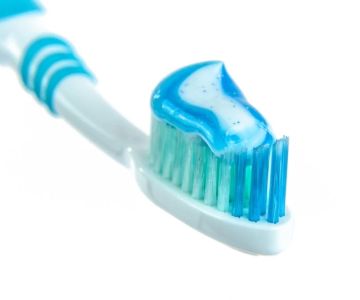
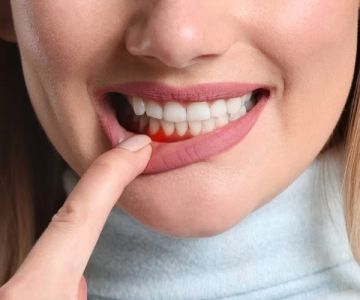
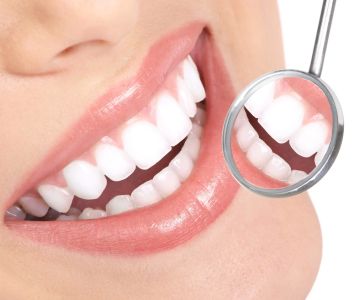

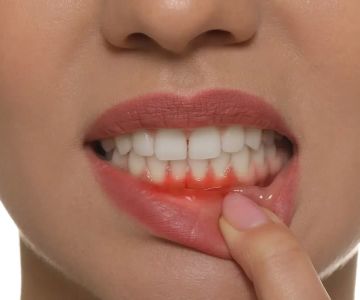
 Naples Family Orthodontics4.0 (32 review)
Naples Family Orthodontics4.0 (32 review) Hillstead Orthodontics - Taylorsville4.0 (71 review)
Hillstead Orthodontics - Taylorsville4.0 (71 review) Reflections Dental4.0 (542 review)
Reflections Dental4.0 (542 review) Growing Smiles of Voorhees4.0 (2464 review)
Growing Smiles of Voorhees4.0 (2464 review) Haddon Lake Dental Associates4.0 (21 review)
Haddon Lake Dental Associates4.0 (21 review) Dental Group NY4.0 (266 review)
Dental Group NY4.0 (266 review) The Importance of Oral Health Education During Pregnancy for a Healthy Pregnancy
The Importance of Oral Health Education During Pregnancy for a Healthy Pregnancy Best Tips for Brushing Your Teeth Properly for Healthy Gums: Essential Techniques for Oral Health
Best Tips for Brushing Your Teeth Properly for Healthy Gums: Essential Techniques for Oral Health Why Skipping Dental Checkups Can Lead to Bigger Oral Health Problems
Why Skipping Dental Checkups Can Lead to Bigger Oral Health Problems Advantages of Porcelain Dental Restorations
Advantages of Porcelain Dental Restorations How Can Diabetes Cause Tooth and Gum Problems? Preventing and Managing Oral Health Issues
How Can Diabetes Cause Tooth and Gum Problems? Preventing and Managing Oral Health Issues Healthy Habits for Promoting Good Oral Health and Hygiene: Tips for a Healthy Smile
Healthy Habits for Promoting Good Oral Health and Hygiene: Tips for a Healthy Smile